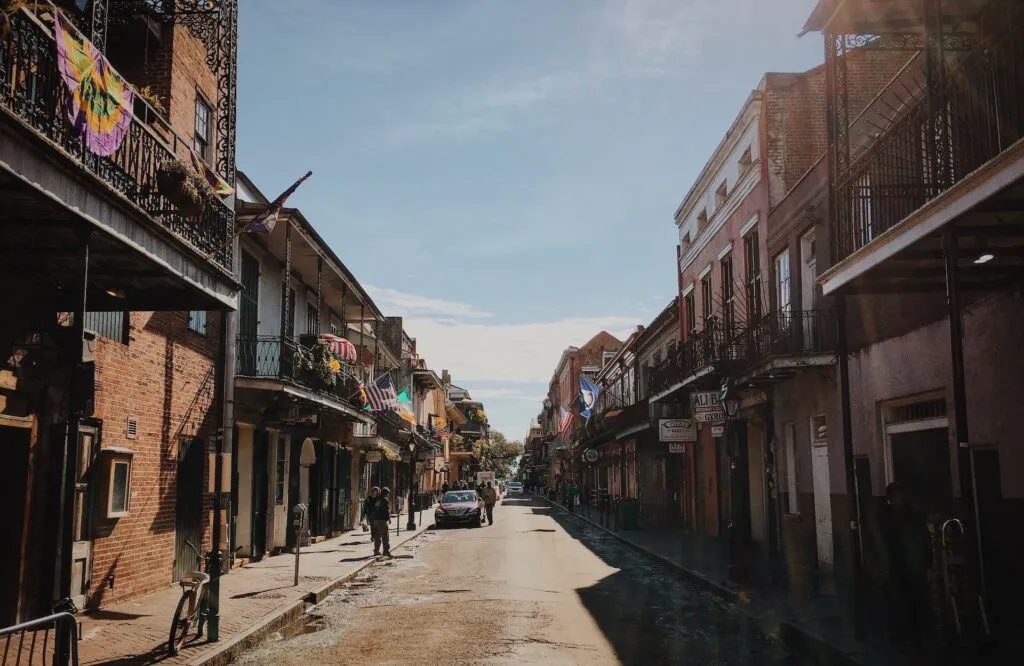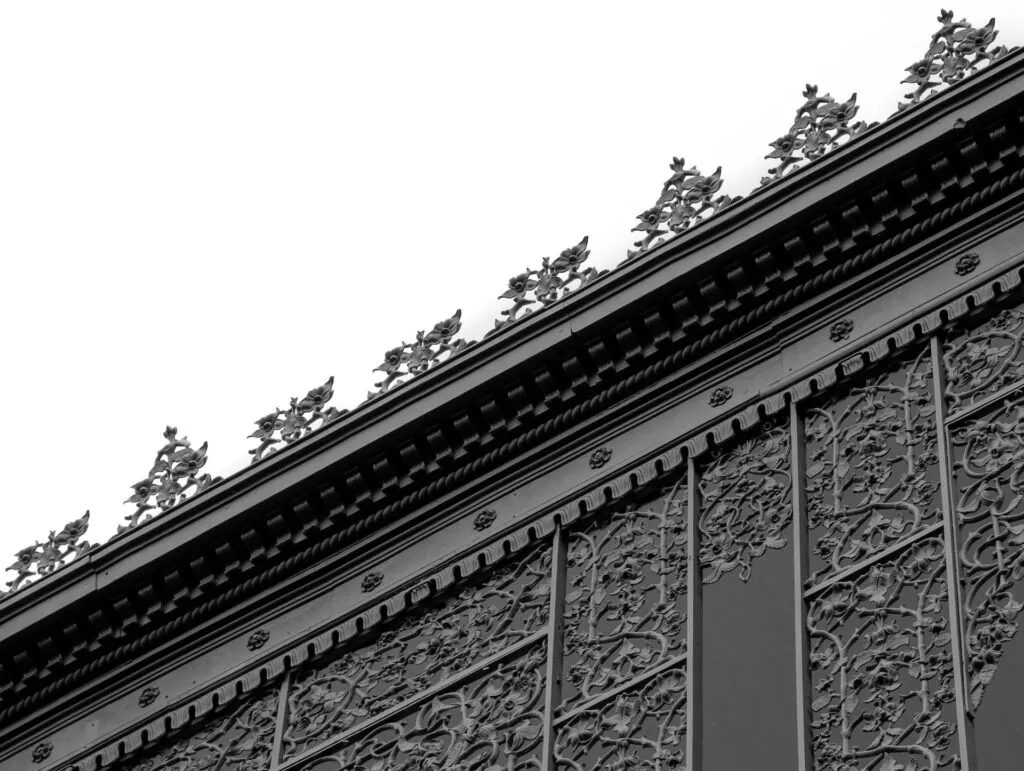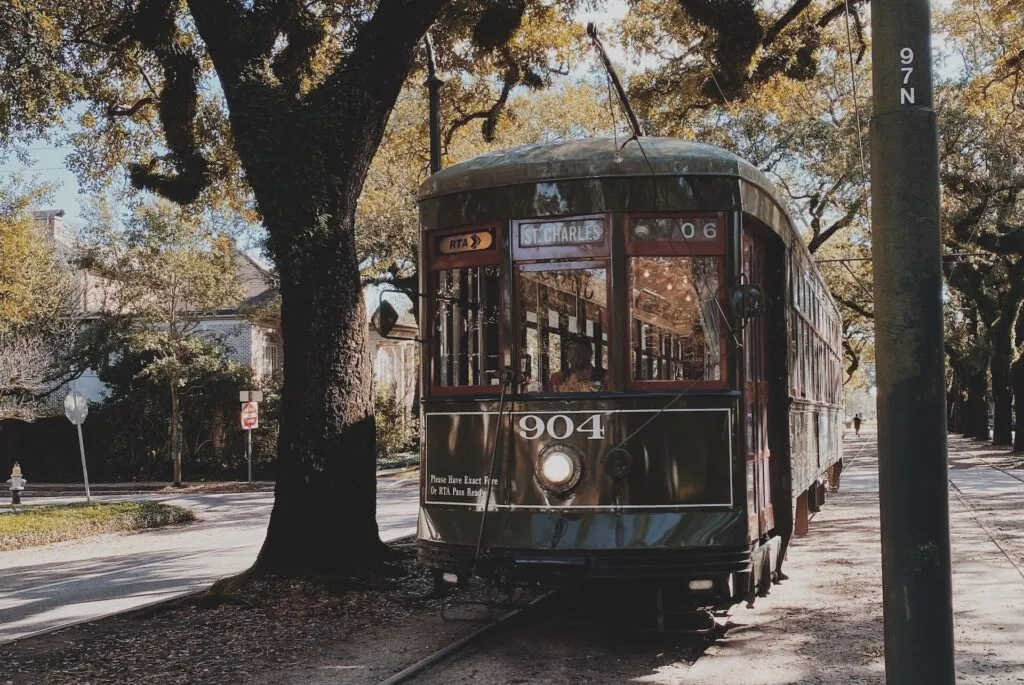Are you ready to uncover a Louisiana brimming with tales of the past, where every street and corner echoes with history? More than just trips, these are journeys back in time, exploring the rich cultural and historical heritage that this state offers. Join Discovery To Wonders as we explore the unmissable historic routes in Louisiana, where the vibrant past blends seamlessly with the beauty of the present.
Discover the French Quarter: The Historic Heart Of New Orleans
The French Quarter, also known as Vieux Carré, is the jewel of New Orleans, where you can most vividly feel the city’s historical heartbeat. Narrow cobblestone streets, gracefully curved wrought-iron balconies, and unique Creole architecture create a charming atmosphere, transporting you back to the 18th century.

Strolling through the French Quarter, you’ll encounter historical landmarks such as Jackson Square, the site of many significant events in Louisiana’s history. Don’t forget to visit the majestic St. Louis Cathedral, a long-standing and important religious symbol of the city.
Bourbon Street: Where Music And History Converge
Bourbon Street, an iconic thoroughfare in New Orleans, is a melting pot of music, cuisine, and history. Famous for its vibrant nightlife, Bourbon Street is also a crucial part of the city’s history, where bars and live music clubs have nurtured many legendary musical talents.
Whether you’re a fan of jazz, blues, or simply want to immerse yourself in a festive atmosphere, Bourbon Street always has something special for you. Let yourself go to the endless melodies, savor the specialty dishes of Louisiana, and feel the vibrant rhythm of the city.
Wander Through the Garden District: Admire Architecture and History
The Garden District is another stunning historic area of New Orleans, renowned for its magnificent mansions and lush gardens. In contrast to the bustling French Quarter, the Garden District offers a peaceful and elegant ambiance, where you can admire unique architecture and learn about the history of the wealthy families who once resided here.

Take your time to stroll through tree-lined streets, admire the elaborately decorated houses, and feel the old-world charm of this area. You can also join a guided tour to learn more about the history and architecture of the Garden District.
Ride the Streetcar: Explore New Orleans In Classic Style
The streetcar is an icon of New Orleans and a fantastic way to explore the city comfortably and enjoyably. With affordable fares, you can easily travel between different parts of the city and admire historical landmarks along the way.
- St. Charles Avenue Line: This classic streetcar line will take you through historic neighborhoods and famous landmarks such as Loyola University, Tulane University, and Audubon Park.

- Canal Street Line: This streetcar line will take you to City Park and the New Orleans Museum of Art.
- Riverfront Line: This streetcar line will take you along the Mississippi River, where you can visit the French Market, the Audubon Aquarium of the Americas, and Harrah’s Casino.
Visit Historic Cemeteries: Discover New Orleans’ Unique Culture
The historic cemeteries of New Orleans are an important part of the city’s culture and history. With unique architecture and mysterious tales, these cemeteries attract visitors from all over the world.
- St. Louis Cemetery No. 1: The oldest cemetery in New Orleans, the final resting place of many famous figures in the city’s history.

- Lafayette Cemetery No. 1: One of the most beautiful cemeteries in New Orleans, located in the Garden District.
- Metairie Cemetery: The largest cemetery in New Orleans, the resting place of many veterans and important figures in Louisiana history.
Walk Along the Mississippi River: Witness the City’s Formation
The Mississippi River plays a crucial role in the history and development of New Orleans. Walking along the riverbank, you can watch ships pass by, learn about the history of river transportation, and feel the connection between the city and the river.
You can also explore the Mississippi River Trail, a beautiful trail that runs along both banks of the river, where you can enjoy the natural beauty and learn more about the history of the area.
Conclusion
Louisiana is a state rich in history and culture, with many historical routes worth exploring. From the lively French Quarter to the peaceful Garden District, from ancient cemeteries to the majestic Mississippi River, each location offers a unique glimpse into the state’s past. Plan your trip today and discover the fascinating historic routes in Louisiana!